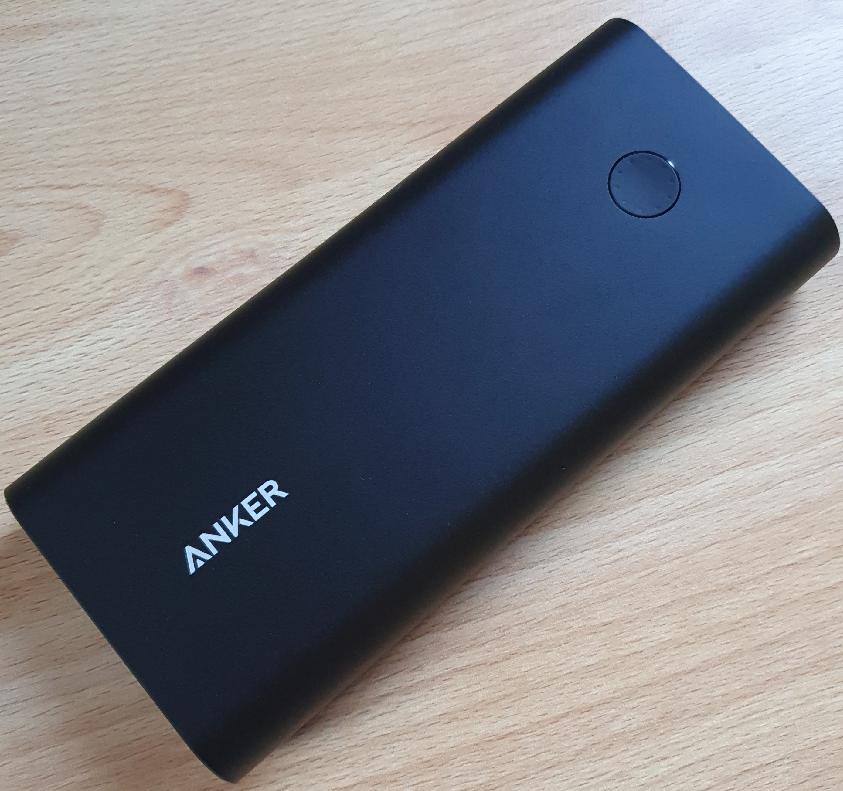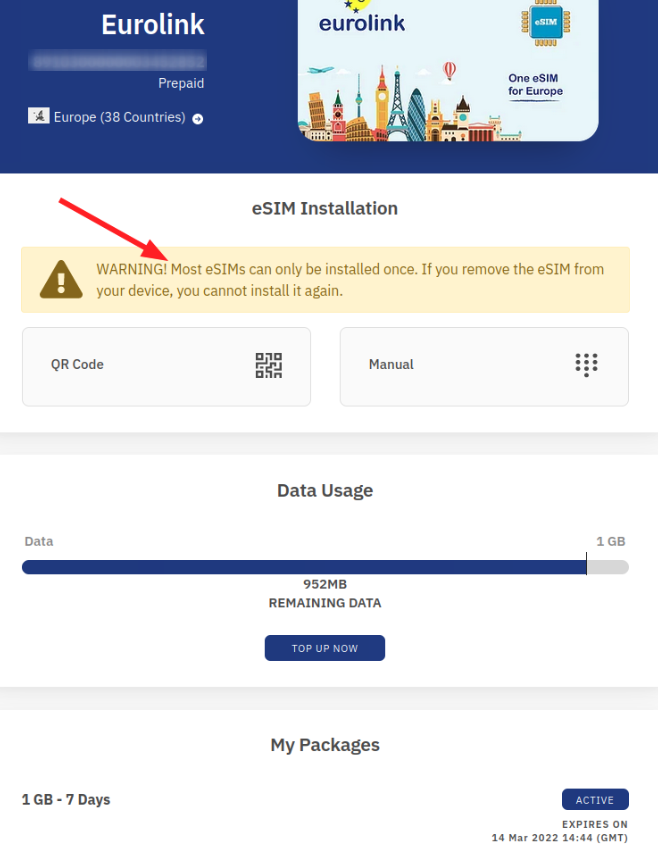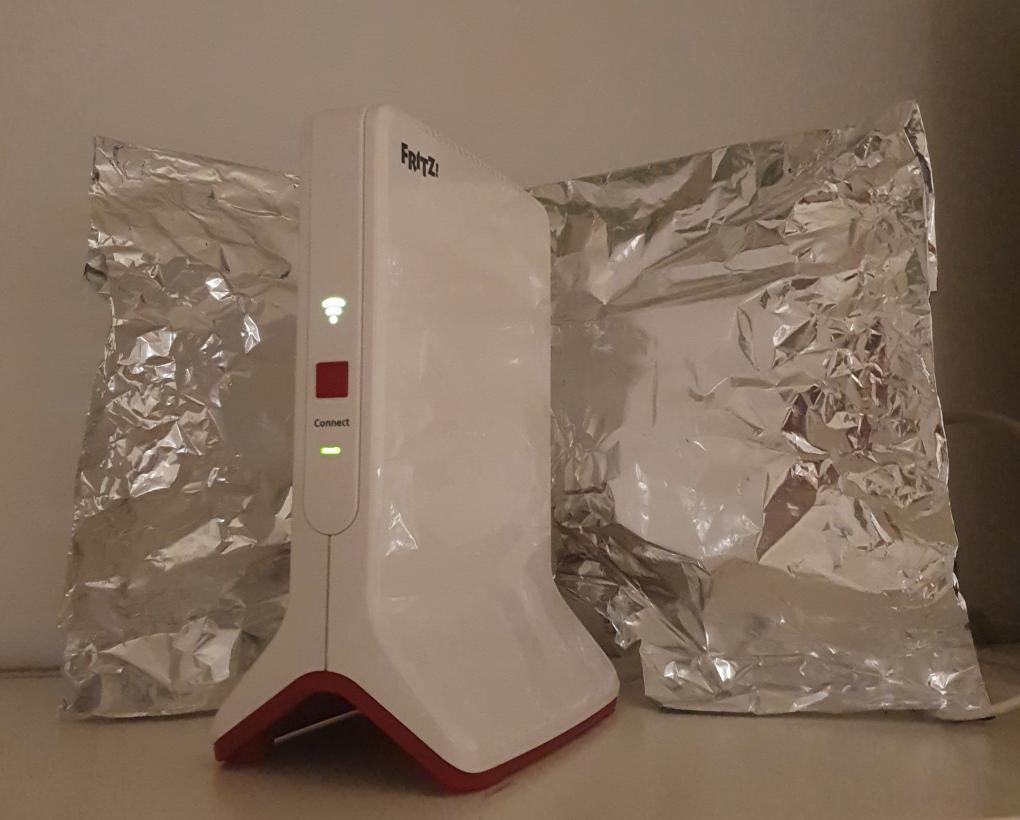Only a quick note today about a Firefox feature that I discovered by accident, but which is actually very helpful: Moving tabs between windows.
So here’s the scenario: Every now and then, I want to cross reference and compare something on one web page with the content on another web page. I usually do this by dragging/dropping one of the tabs outside the browser, so a new window is opened up. These can then be put next to each other for simultaneous viewing. Nothing new here, I’ve been doing this for ages.
Once I’m done, I usually close the window with the single tab, as I don’t need it anymore. In some cases, however, I’d like to keep the tab open and in the original window again. Today, I thought “may I can just drag it back”!? And indeed, one can drag a tab from one Firefox window to another Firefox window. If it was the last or only tab of a window, the now empty window closes automatically.
Wow, I wished I had tried this earlier, this is incredibly useful!




